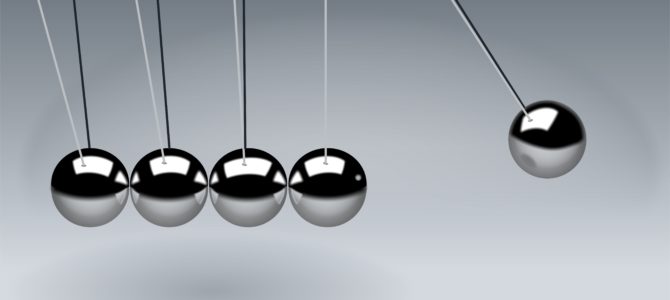Objective Type Questions for Surface Chemistry
Love to Learn
Please refer to these multiple-choice questions on Surface Chemistry.
Find answers at end of this page.
Q1 In Zeiglar natta polymerization of Ethene the active species is
- (a)AlCl3
- (b) Et3Al
- (c) C2H4
- (d) Ti(III)
(a) It forms a complex with impurities
(b) makes mud water-soluble
(c) Sulphate part coagulates mud
(d) Al3+ coagulates mud particles
Q3 The simplest way to distinguish b/w true solutions and colloids
- (a) Tyndall Effect
- (b) Electrophoresis
- (c) Peptisation
- (d) none
Q4 In case of autocatalysis
- (a) Product act as a catalyst
- (b) Reactant catalyzes
- (c) Heat of reaction catalyzes
- (d) Solvent catalyses
Q5Which of the following is correctly matched
- Emulsion – Curd
- (b) Foam- Mist
- (c) Solid Sol – Cake
- (d) Aerosol- Smoke
Q6 Concentration of electrolyte required to coagulate a given amount of arsenic sulphide sol is minimum in case of
- (a) K2SO4
- (b) Al(NO3)3
- (c) Mg(NO3)2
- (d) KNO3
Q7 Colloidal solution of gold prepared by different methods have different colours because
- (a) Au show variable valency
- (b) Different sizes of colloidal gold particles
- (c) Due to impurities present
- (d) Due to solvent
Q8 Electrical disintegration method (Bredig Arc Method) used for the preparation of Gold sol involves
- (a) Electrolysis
- (b) Micells
- (c) Coagulation
- (d) Dispersion as well as Condensation
Q9 Which act as autocatalyst during titration of KMnO4 and Oxalic acid in acidic medium
- (a) Sulphuric acid
- (b) KMnO4
- (c) Oxalic Acid
- (d) MnSO4
Q10 Which of the following does not involve coagulation
- (a) Formation of deltas
- (b) Peptization
- (c) Treatment of drinking water
- (d) Clotting of blood by Ferric Chloride
Q11 The formation of Micells takes place only above
- (a) Inversion temperature
- (b) Boyles temperature
- (c) Kraft temperature
- (d) Wein temperature
Q12 Cetyl trimethyl ammonium bromide is a popular
(a) Anionic detergent
(b) Cationic detergent
(c) Non Ionic detergent
(d) None of these
Q13 The function of Gum Arabic in preparation of Indian Ink is
- (a) Coagulation
- (b) Peptisation
- (c) Protective action
- (d) adsorbent
Q14 STEM stands for
(a) Scanning Tunneling Electron Microscope
(b) Scanning transmission electron microscope
(c) both
(d) none
Q15 The mismatch is
(a) [RhCl(PPh3)3] – Hydrogenation
(b)Ni – Reduction
(c) TiCl4 + Et3Al – Polymerization
(d) N2O5 — Haber bosch process
Answers
| 1 | d |
| 2 | d |
| 3 | a |
| 4 | a |
| 5 | d |
| 6 | b |
| 7 | b |
| 8 | d |
| 9 | d |
| 10 | b |
| 11 | C |
| 12 | b |
| 13 | a |
| 14 | c |
| 15 | d |

